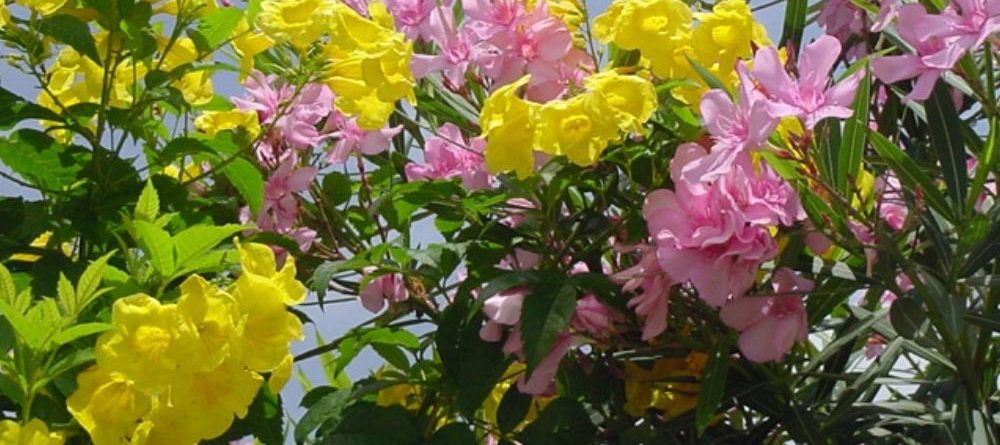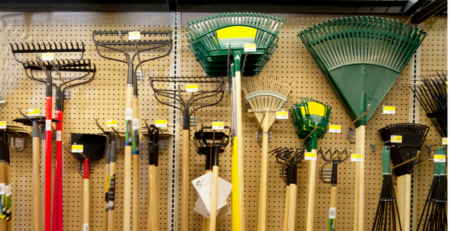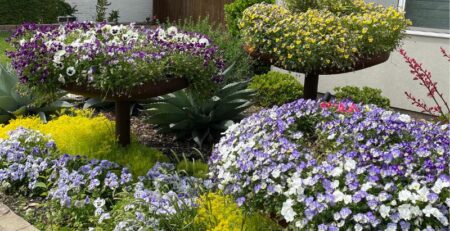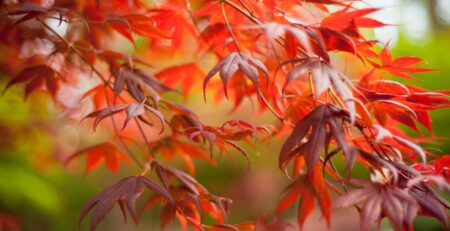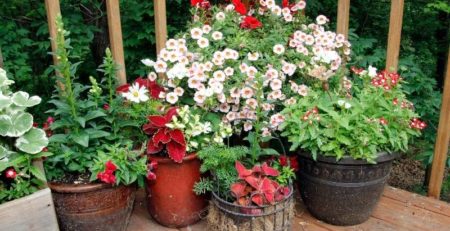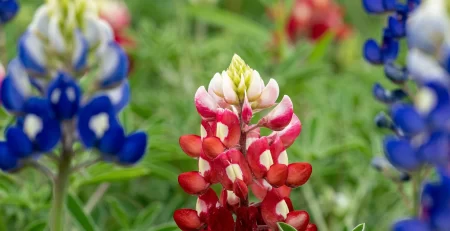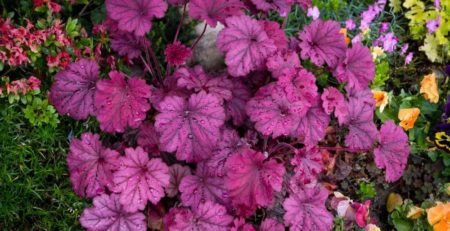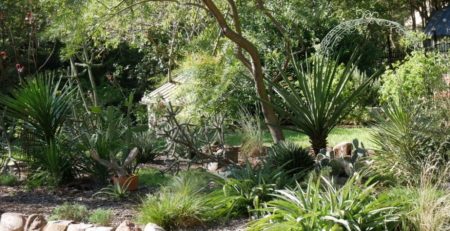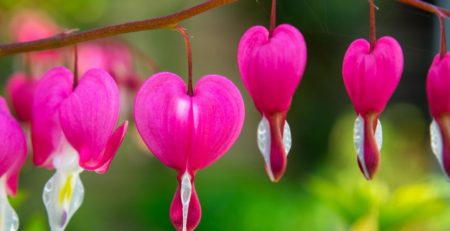Perennial Primer
The term perennial is used to describe a plant that lives for many years. While some plants may live only a few years, others may persist for decades. The above-ground parts of some perennials die back each winter, but new shoots will develop from the base of the stem or from underground parts, such as bulbs or rhizomes. Other perennials, such as ferns and Mahonias, remain green all year.
Why Perennials?
Gardeners love perennials because they come back year after year and add color, texture and form to the garden. The berries, seeds, and flowers of many perennials provide food and shelter for wildlife. By carefully selecting and placing your plants, you can have a garden that provides year round interest. One disadvantage of perennials is that they have a relatively short bloom time, often only a week or two, and they have very specific bloom periods. For season long color, choose an assortment of spring, summer and fall blooming plants.
Before Planting
The key to success with perennials is getting the right plant into the right spot. Before purchasing your plants, think about where you want to put them. Plants differ in their soil, water and light requirements. Understanding your site will help you choose the plants best suited for your yard.
Soil
Plant roots need a soil in which they can grow and spread. An ideal soil is one that is well draining, contains plenty of organic matter and can be worked to a depth of 8-12 inches. For installing a new garden bed, Texas SmartScape recommends, first removing all weeds and grass from the area you want to plant. Next, add a 4 to 5 inch depth of organic material (compost) to the soil in the area to be planted. Rototill or fork the organic matter into the existing soil to a depth of 4 to 5 inches. This procedure provides an 8 to 10 inch prepared planting zone. If your site consists of heavy clay, which is very difficult to work, consider creating a berm or raised bed. Here is a good article with tips on working with clay.
Drainage is one of the most critical factors to consider when placing perennials. Poorly drained soil is responsible for more plant failures than any other single cause. Plants growing in saturated soils cannot take up water or nutrients properly and will begin to wilt. Often this appears as if the plant needs more water, and triggers the gardener to add more water, compounding the problem. Wet soils also harbor pathogens that can lead to disease. To determine if your soil drains adequately, you can perform a simple percolation test by digging a hole and timing how long it takes the water to drain out. Here are instructions on how to perform the percolation test and steps you can take to improve your site if drainage is not adequate.
Another option for wet sites is to establish a rain garden utilizing plants that are adapted to damp, poorly drained areas.
NOTE: Before you dig, know where underground cables and utility lines are buried. Texas law requires homeowners to contact 811 two business days before digging, even if you are working in your own back yard.
Light
Plants are classified according to how much light they need for optimum growth. Light requirements range from full sun to shade, which can range from light to dense. The amount of light your plant gets will be influenced by factors such as the orientation of your house and the presence of large trees. A plant on the north side of a house under a live oak tree may not get much light, while a plant on a western side may get the full blast of the afternoon sun. “Full sun” in Dallas is not the same thing as “full sun” in Seattle; many plants that thrive in full sun in northern climates may need some protection from afternoon sun in North Texas. Here is more information on understanding the light requirements of plants.
Factors to consider when selecting plants
One of the first things you need to know about a plant is its hardiness zone. This information is designated by a number from between 1 and 13. Hardiness is determined by the plant’s ability to withstand average winter temperatures. Dallas County is located within zone 8a, with average annual winter temperatures between 10 and 20 degrees F. Any plant with a designation of 8a or below should survive our winters. Plants in zone 8b and 9 may survive a mild winter in a sheltered spot, but don’t depend on it. These plants may need to be protected or moved inside once the weather gets cold.
Consider how big your plant will ultimately get and how vigorously it may spread. Maximillian Sunflower, for example, starts out as a harmless looking seedling, but can grow to over ten feet tall and form dense colonies which are difficult to eradicate. On the other hand, many species of perennial require several growing seasons to get going and may bloom sparsely for the first season or two. You may hear the phrase, “the first year they sleep, the second year, they creep and the third year, they leap,” to describe how many plants grow. Patience is the key here; don’t immediately assume a plant is not thriving just because it is growing slowly.
You may notice plants described as “drought tolerant,” or “water-wise,” or “xeric.” These terms are often used interchangeably to indicate plants with lower water requirements than average garden plants. Although a plant may tolerate drought, that doesn’t mean it likes it. Many species respond to lack of water by slowing their growth or dropping their leaves. When choosing water-wise plants, find out the water requirements for each particular species and try to provide the minimum amount needed to maintain growth. On the other hand, many of the low water plants that have adapted to areas with little rainfall may fail in a wet Texas spring unless planted in a well-drained spot. In the landscape, you can group plants with similar water needs together, which will help you water more efficiently. All plants, drought tolerant or otherwise, will need supplemental water until they are established in the landscape.
Native Plants
Whenever possible, consider choosing plants native to your area. Native plants are adapted to our climate and may require less supplemental irrigation than non-native species and may be more disease and pest resistant. Texas native plants provide greater wildlife value than hybrid, non-native and/or exotic plants. Flowers, leaves, nuts, seeds and berries provide food for wildlife including butterflies and other insects, birds and other animals. Remember to choose natives that are appropriate to your region. Native in Houston may not be the same as native in Dallas. The Native Plant is Society of Texas has great information to help you select natives appropriate for your site.
Planting and care
For a plant to get established, the roots of the plant need to grow away from the root ball and into the surrounding soil. The planting hole must be wide enough to allow for outward growth of the roots. If the roots are restricted, they may circle the plant and stay within the confines of the hole and the plant may fail to establish and eventually die. Here a great article about digging a hole!
Plants may take up to two growing seasons to become completely established. During this time, proper irrigation is critical. Too much water and too little water are equally detrimental to new plants. When watering a newly planted perennial, make sure to water the surrounding soil as well as the immediate area at the root ball. This encourages outward growth of the roots. Here are links to two excellent guides pertaining to planting and irrigating:
Planting-Perennials-from-Pot-to-Ground
Fertilizer
If the soil has been adequately prepared with sufficient organic matter, plants should need minimal to no additional fertilizer the first year. Once plants are established, if fertilizer is needed, slow release formulations are best and applications can be made during the period March through September. Follow the link for more information on fertilizing: Fertilizing Established Perennials
So, what are some of the best perennials for North Texas?
For help choosing plants, The Texas Superstar Website is a great place to start. Texas Superstar Plants are those that have been evaluated and selected by Texas A&M AgriLife Extension researchers and have proven to be “super-performing plants under Texas growing conditions.” In the plant nursery, look for plants with the Texas Superstar logo.
Texas SmartScape is another great resource for plant recommendations and general gardening information.
Texas A&M AgriLife has a list of recommended Top 100 Plants for North Texas.
The DCMGA Help Desk Team has compiled a list of some their personal favorites. These plants are recommended for their beauty, reliability and durability in the landscape.
Black and Blue Salvia (plus many other Salvia species)
Monarda (multiple species)
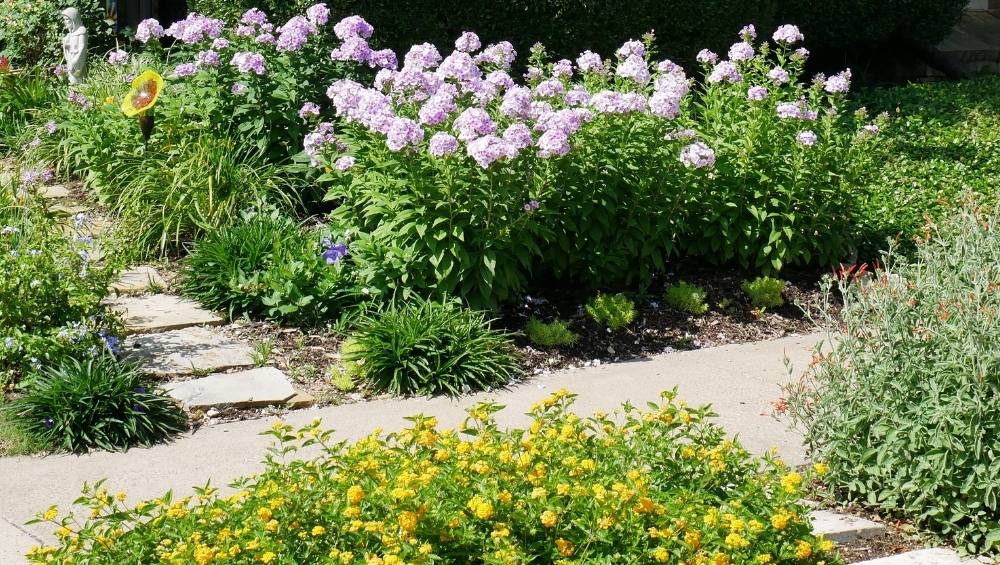
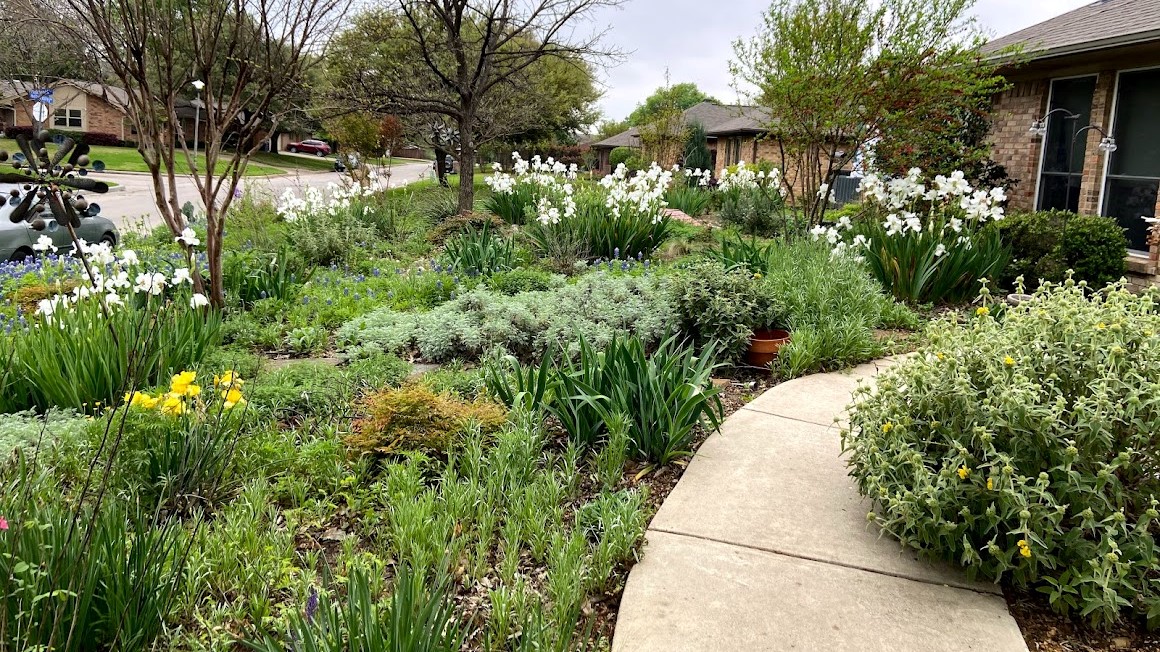

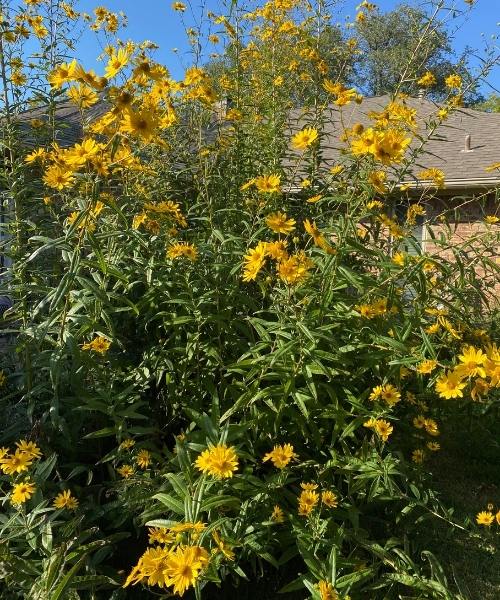
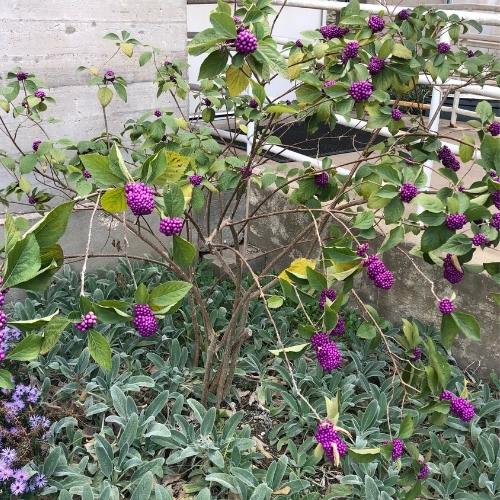
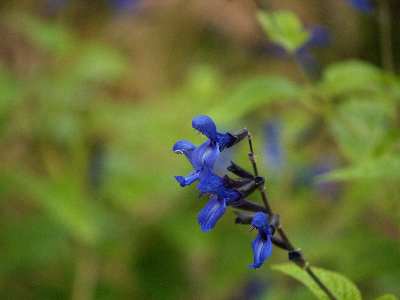
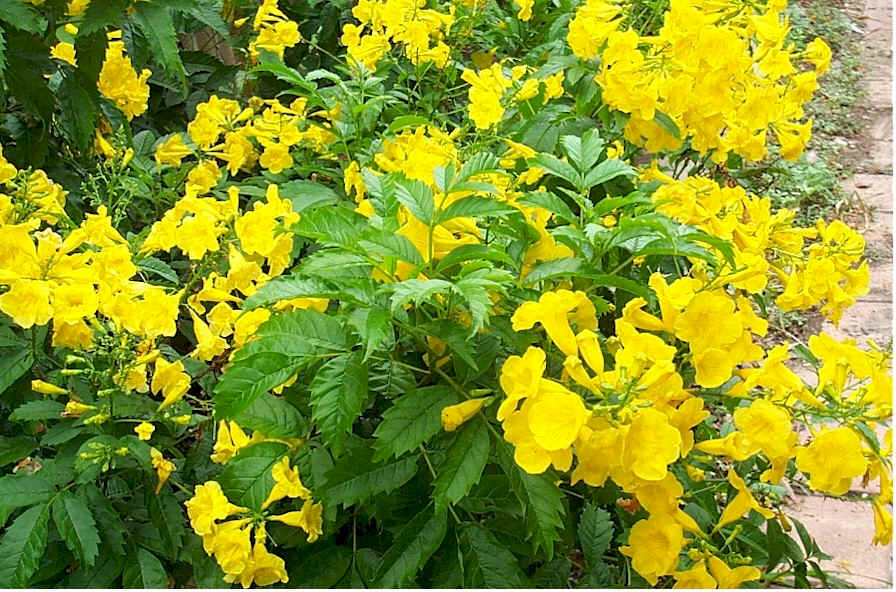
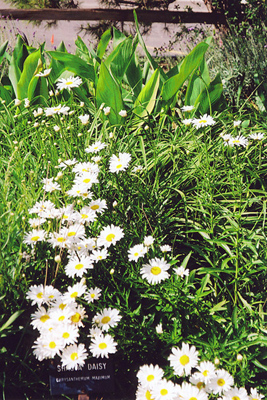
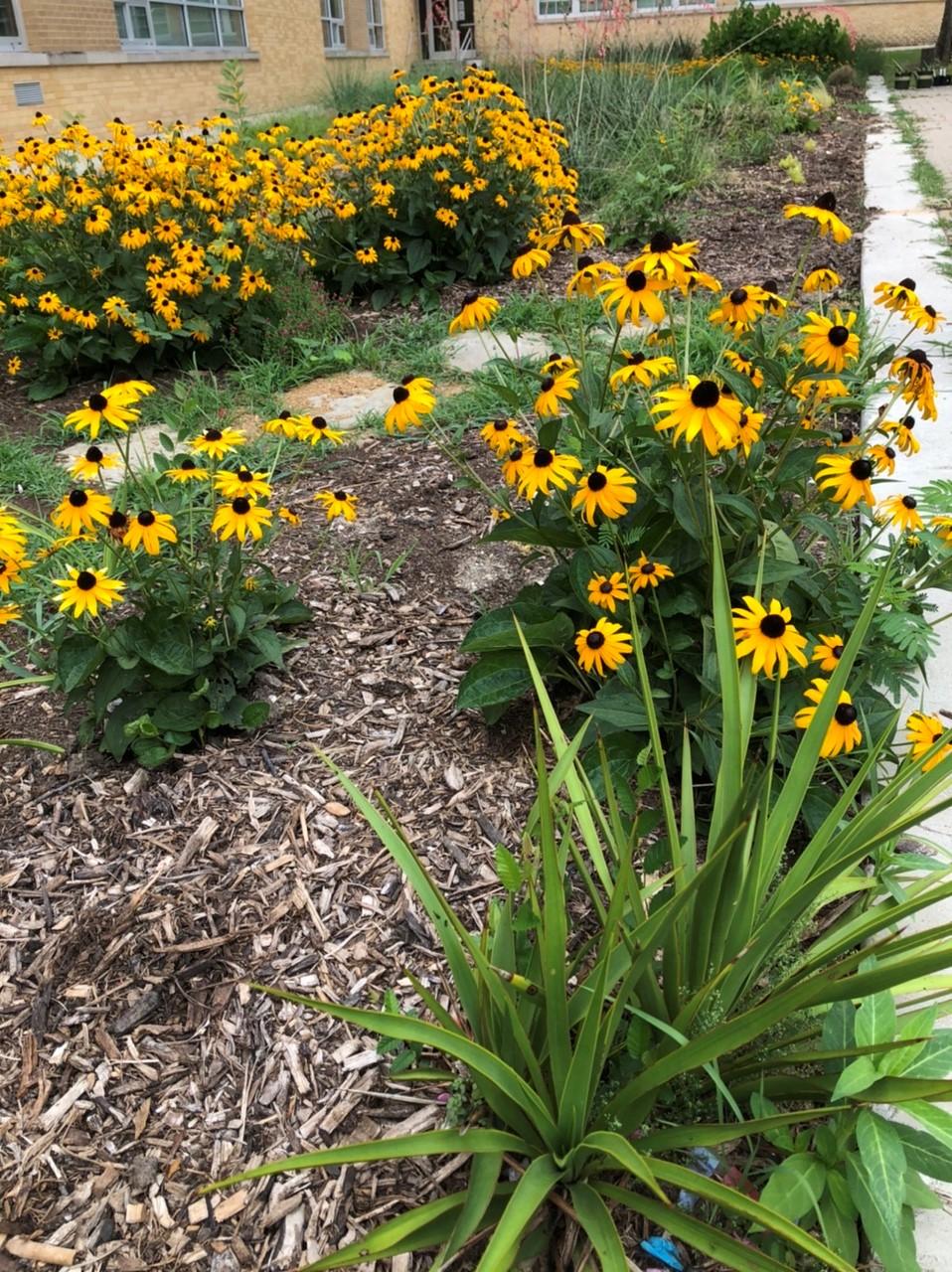


Margaret Ghose has been a certified master gardener since 2017 and is a frequent contributor on the DCMG Facebook page. She enjoys growing perennials and native plants in her yard and is active in the Coppell community garden.

